Will the COVID-19 cloud change pediatric medicine forever?
With the United States still in the throes of a pandemic, nearly 400 pediatric health care providers share their struggles in getting patients back to the office, advocating for a COVID-19 vaccine, and working their way toward optimism in the face of the biggest health care challenge of their lives.
What a difference a year makes. Last year, when Contemporary Pediatrics put out its annual issues and attitudes survey, 57% of respondents said they were feeling less optimistic about their ability to provide adequate care for patients (which was, by the way a 13% jump from 2013). This year, that percentage rose even more, to 60%, a notable majority. But although the reasons around the pessimism remained the same in both 2013 and 2019 (insufficient time with patients, inadequate reimbursement, and health care reform), this year—no surprise—the top reason was concerns about adequately treating patients with COVID-19 and multisystem inflammatory syndrome in children (MIS-C). That was followed by inadequate insurance reimbursement and not enough time with patients. Interesting too, is that those who answered they were more optimistic (only 9%), felt that way because of new tech tools (38%), good relationships with local specialists that they refer patients to (34%), and having more treatment options for COVID-19/MIS-C (24%). (Editor’s note: this survey went out in September, when treatments like remdesivir and convalescent plasma had been approved by the US Food and Drug Administration for use of COVID-19).

In 2019, when asked what the top 2 challenges to their practice were, 45% of health care providers said transitioning to electronic health records (EHRs) and dealing with insurance (42%) were the greatest obstacles. This year, EHRs were not even mentioned in the top 5 reasons, taking a back seat to lack of patients due to issues around COVID-19/MIS-C, which 60% of respondents gave as the biggest challenge, followed by compensation (36 %), dealing with insurance (28%), not having effective treatments for COVID-19 and MIS-C (20%), and vaccine hesitancy (20%). Also not surprising was that more than 40% of respondents reported that their work level had decreased over the year, (compared to only 10% claiming that the year prior), another sober indication of how the pandemic has affected patient traffic in pediatric offices around the United States.
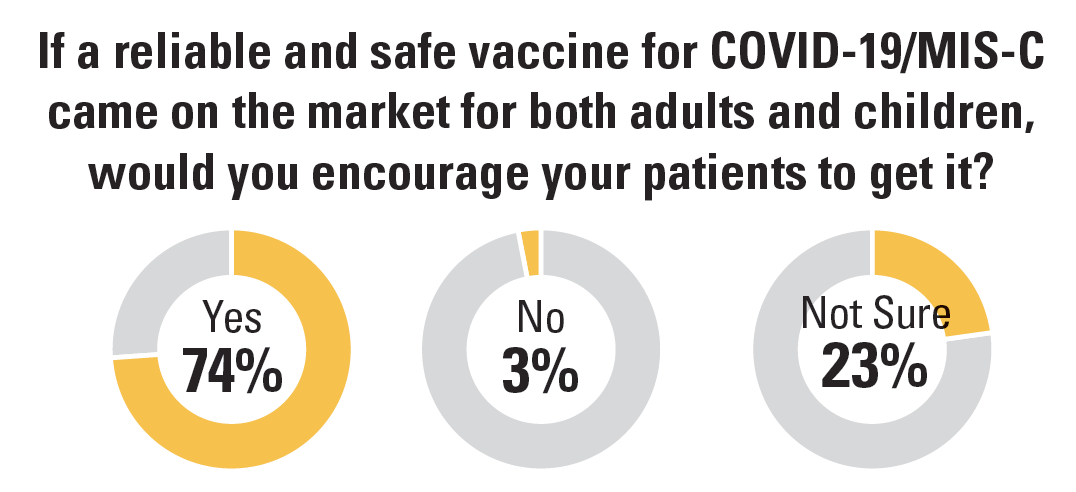
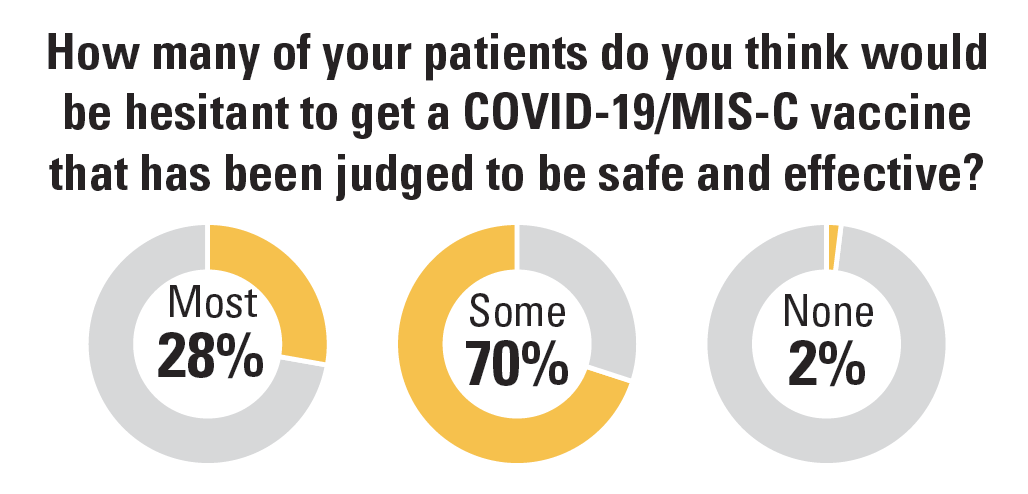
In regards to vaccine hesitancy, 70% of respondents said that they believe that some of their patients would be hesitant to get a COVID-19/MIS-C vaccine, even one that had been judged safe and effective; 28% thought most would be hesitant, and only 2% thought that none would be wary of a vaccine on the market. Considering the recent news about 3 vaccines that might soon be available to the public, this hesitancy is worrisome indeed.
The good news here: The pediatric medical community continues to stand behind its scientists. A whopping 74% of you would encourage your patients to get a vaccine, if a reliable and safe one came on the market to combat the pandemic. Only 23% of respondents were unsure, and 3% would advise not getting a vaccine at all.
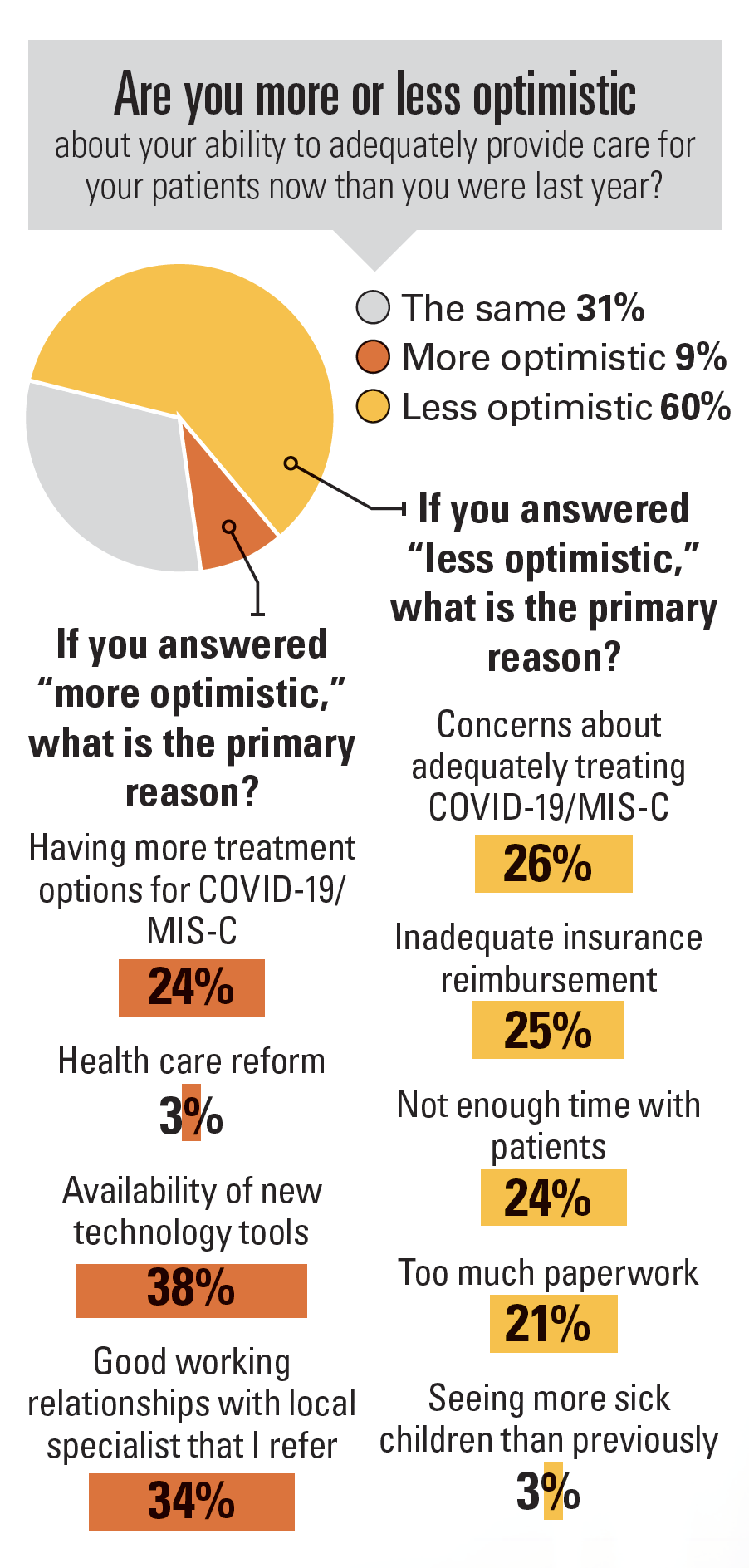
On another encouraging note, pediatric providers are riding the tech tidal wave in ways they never have before. The fact that EHRs didn’t even make the list of challenges this year suggests that they are now a way of life. Furthermore, more than 70% of respondents said they were doing more telehealth than previous years.
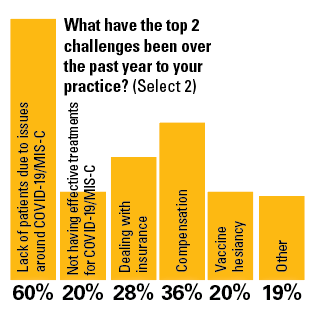
Once we can see our way out of the pandemic, what changes will be permanent as a result of living and working under the COVID-19 cloud? We can’t wait to hear from you to tell us.
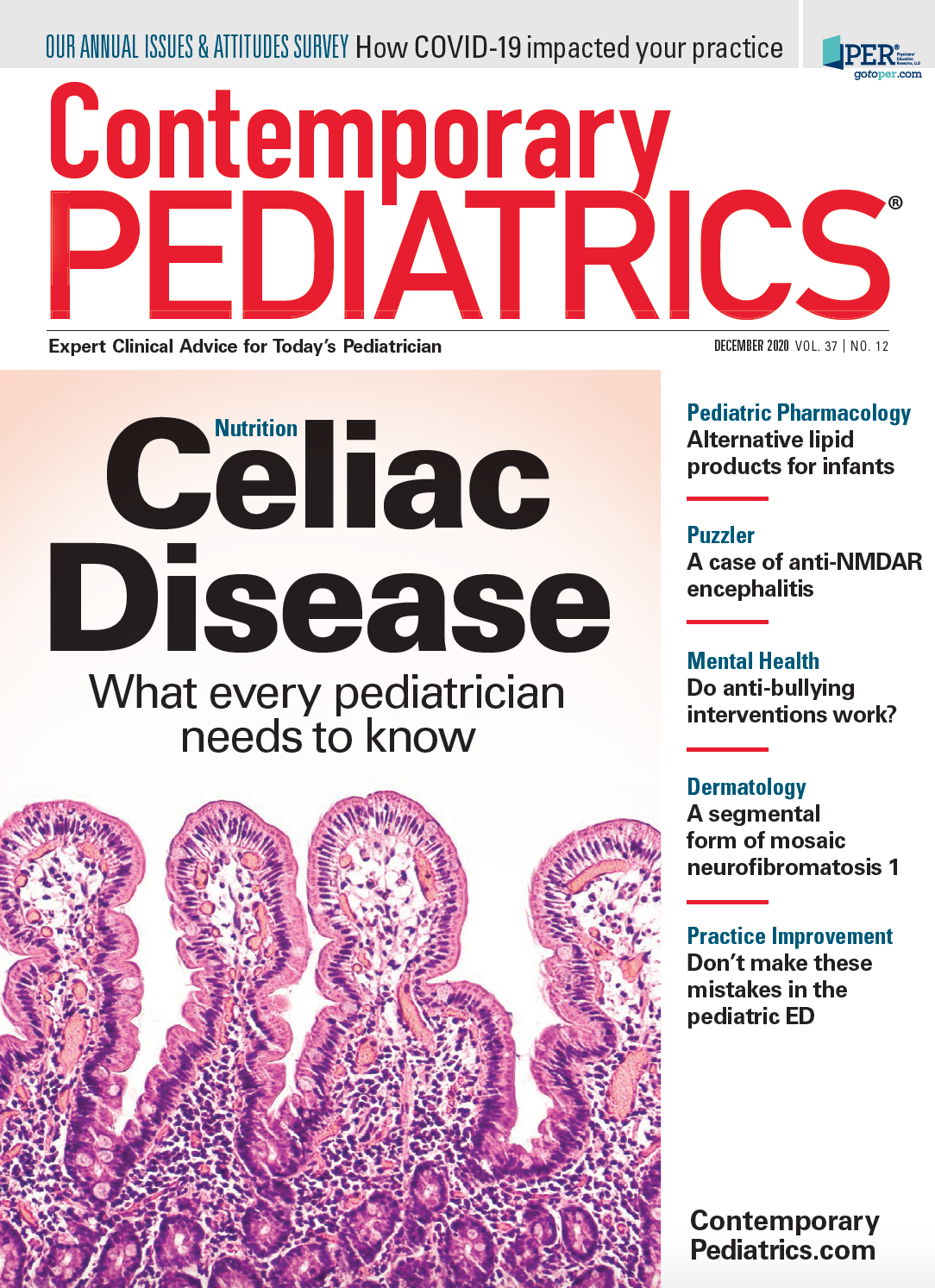
Having "the talk" with teen patients
June 17th 2022A visit with a pediatric clinician is an ideal time to ensure that a teenager knows the correct information, has the opportunity to make certain contraceptive choices, and instill the knowledge that the pediatric office is a safe place to come for help.
Meet the Board: Vivian P. Hernandez-Trujillo, MD, FAAP, FAAAAI, FACAAI
May 20th 2022Contemporary Pediatrics sat down with one of our newest editorial advisory board members: Vivian P. Hernandez-Trujillo, MD, FAAP, FAAAAI, FACAAI to discuss what led to her career in medicine and what she thinks the future holds for pediatrics.
Study finds reduced CIN3+ risk from early HPV vaccination
April 17th 2024A recent study found that human papillomavirus vaccination when aged under 20 years, coupled with active surveillance for cervical intraepithelial neoplasia grade 2, significantly lowers the risk of cervical intraepithelial neoplasia grade 3 or cervical cancer.